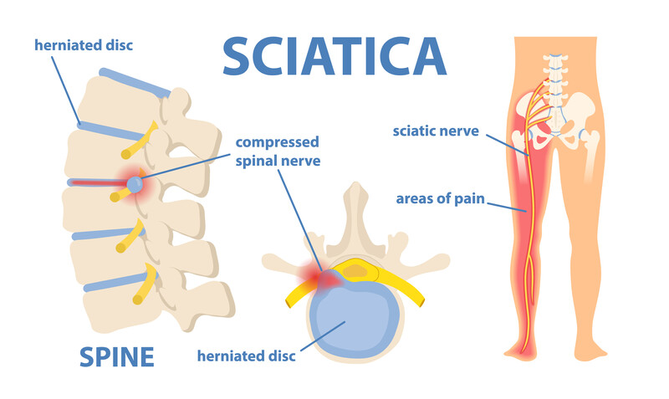Lumbar Radiculopathy


Lumbar Radiculopathy is when the injury, inflammation, or compression of a nerve at the lumbar spine level causes numbness, pain, tingling, or weakness that radiates down the leg. This can often occur due to herniated discs, spinal stenosis, degenerative disc disease, or spondylolisthesis.
What We
Offer
Epidurals and nerve block injections consist of administering long-acting steroid medication close to the pain generator. It is especially beneficial for a patient suffering from back and/or leg pain.
It is a minimally invasive procedure where a thin lead wire is temporarily inserted into the epidural space to send electrical signals to the spinal cord to treat chronic pain. If satisfactory pain relief is obtained a permanent device is implanted under the skin by a minimally invasive surgical procedure. The patient also receives a remote control to use to get on-demand pain relief.
The Vertiflex is a minimally invasive treatment for lumbar spinal stenosis. It involves placing a small implant between the spinous processes (bony projections on the back of the vertebrae) to restore space and relieve nerve compression. This procedure is typically performed on an outpatient basis under local anesthesia, with a short recovery time.
Nerve blocks of exiting nerve roots provide excellent pain relief for radicular pain when they are the source of the pain. A local anesthetic with or without a steroid medication is injected to provide pain relief.
Also known as "Minimally Invasive Lumbar Decompression (MILD)" or "percutaneous image-guided lumbar decompression (PILD)," is a minimally invasive surgical procedure designed to treat lumbar spinal stenosis. Small pieces of bone and thickened ligament are shaved off to widen the spinal canal and reduce pressure on the spinal nerves.
The Minuteman procedure is a minimally invasive procedure to treat conditions lumbar spinal stenosis, degenerative disc disease, and spondylolisthesis. The implant is placed between the spinous processes of the vertebrae. This aims to stabilize the spine often with shorter recovery times and less tissue disruption.
